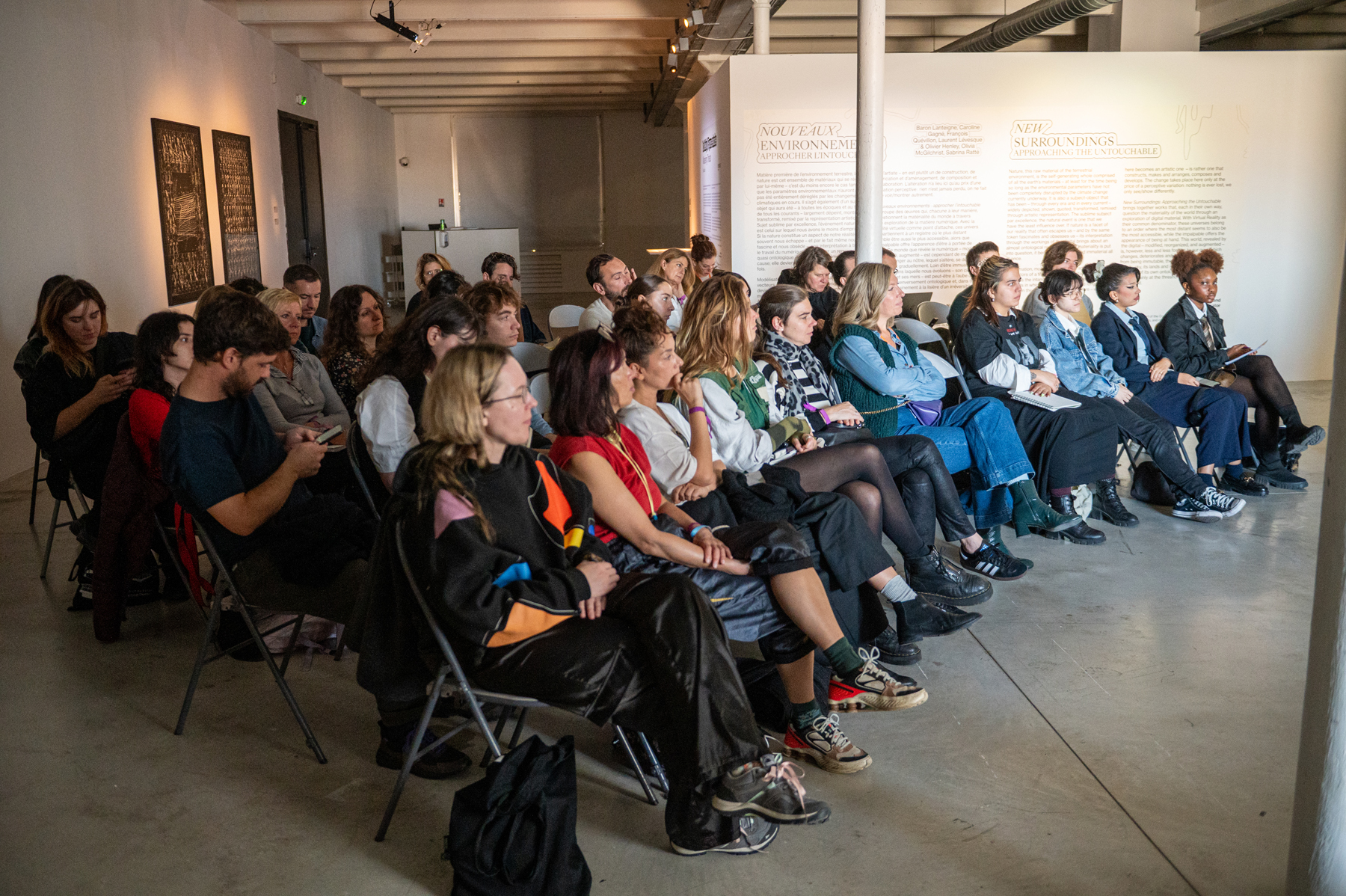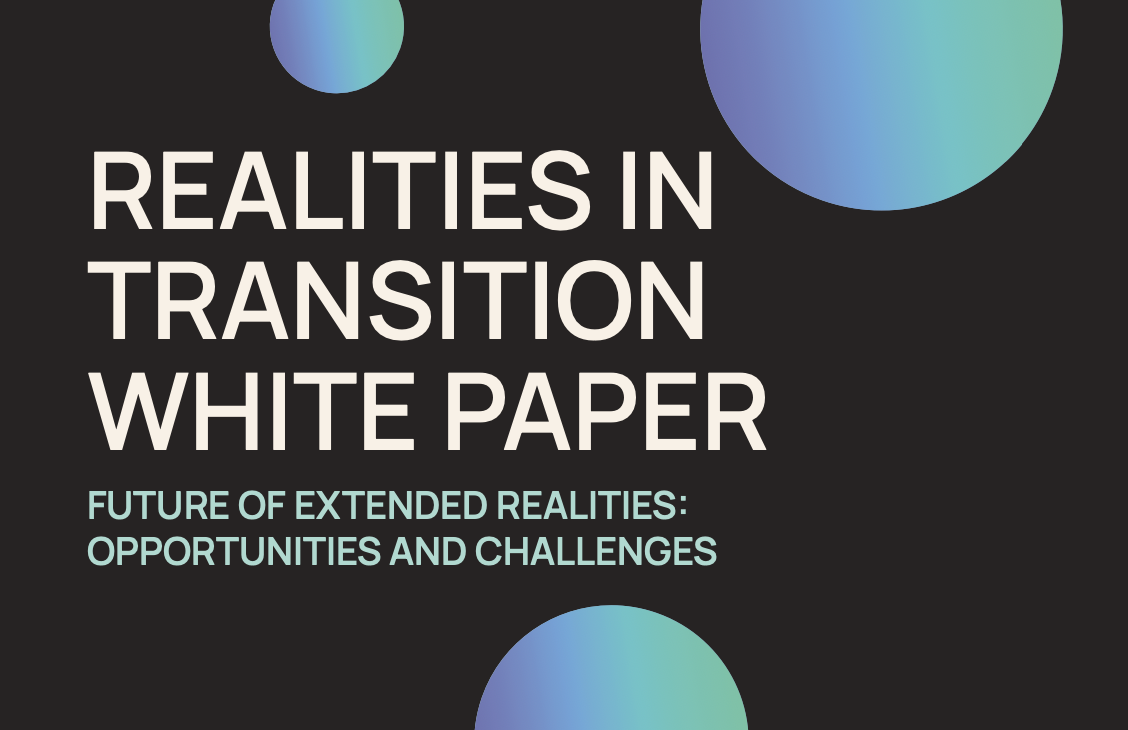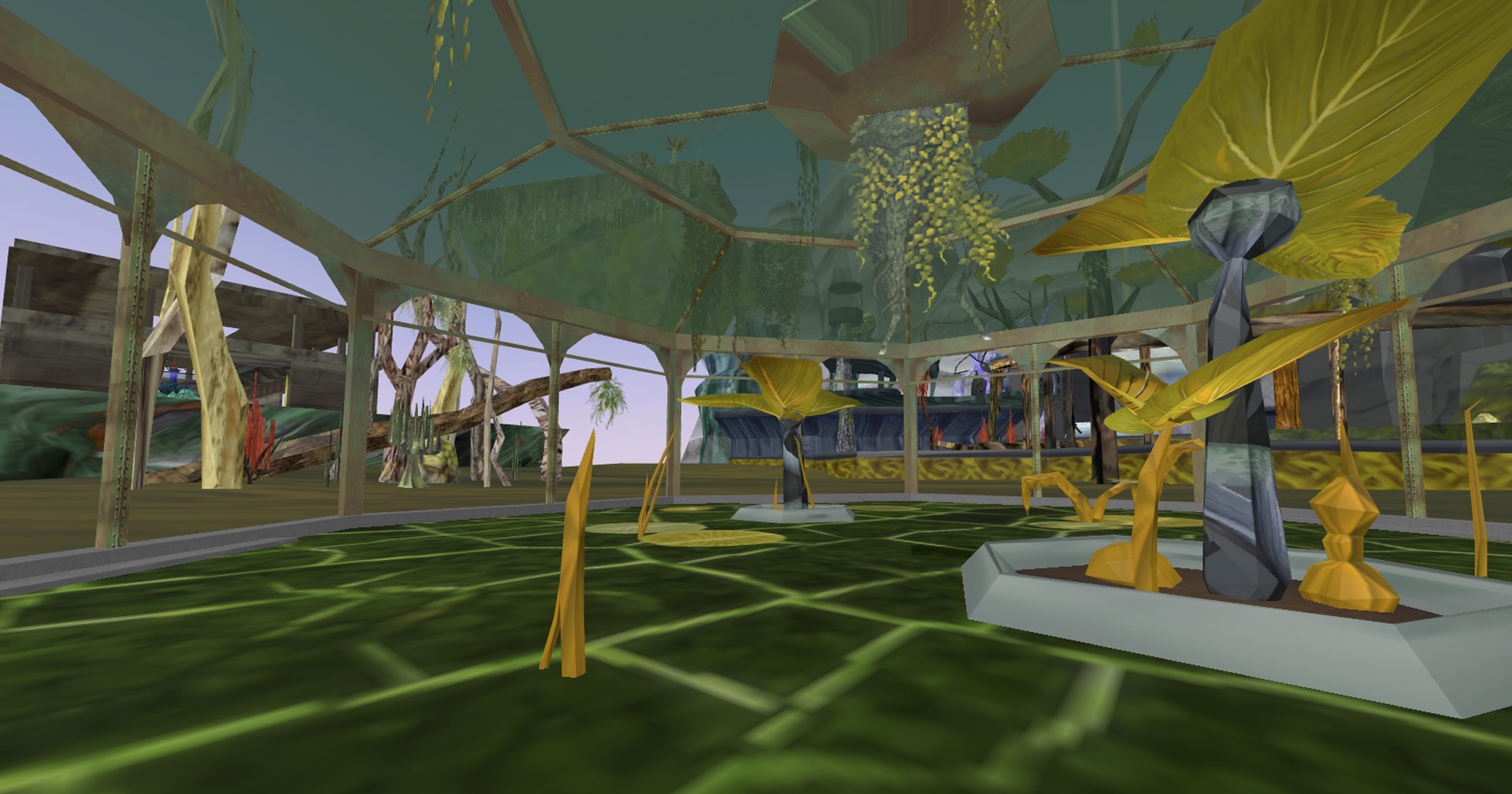Playing with Perception: A Conversation with Leon van Oldenborgh
“The connection but also the disconnection you can create between a body in digital space and a body in physical space is I think the most interesting part of XR at the moment in the art space.”
Leon Van Oldenborgh was one of the 7 selected artistic project for the first #RiT artistic residency, back in May 2023, in V2_ (Rotterdam). In this framework, Dark Euphoria asked him about their relationship to XR, their artistic path and favorite tools. With this 4 out of 7 special interview, discover Leon Van Oldenborgh’s unique look on eXtended Realities…!
Dark Euphoria | Interviewer: Céline De
Dark Euphoria | Interviewer: Céline Delatte – Leon, thank you for taking this time to share with us your playful use of eXtended Realities… Feels like, more than just proposing games; you actually question societal processes through your artistic projects… Can you tell us more?
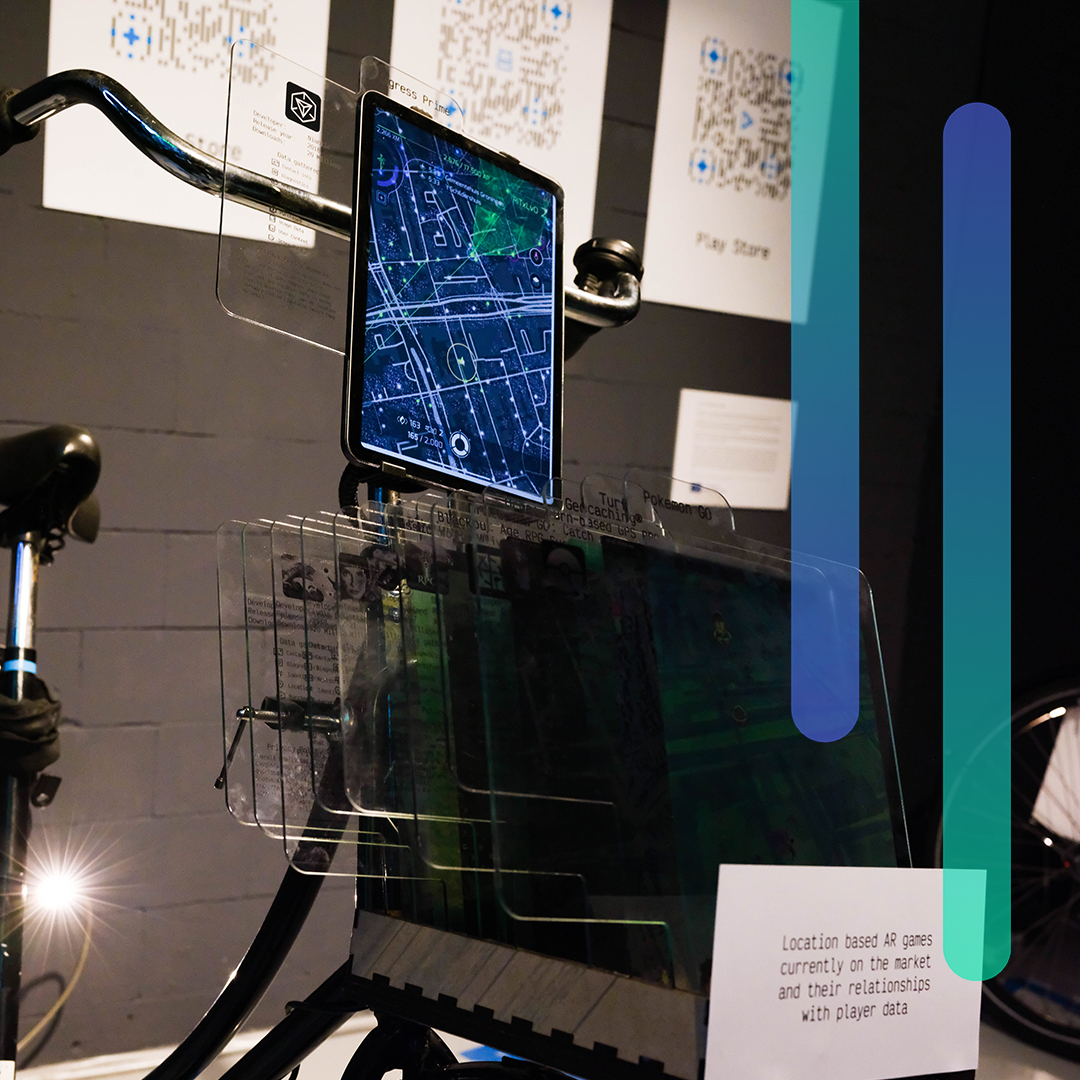
Leon Van Oldenborgh: (…) I’m classically trained in game design and now I’m active in the media art space, but I still have a focus on producing games and sort of trying to figure out what this powerful medium can do within the media art space.
The topics that I tackle quite often are related to getting people to reflect on their own behavior. Games are uniquely good at that. Especially in routines that people have. So basically, interactions that are common now, especially with technology. We have already decided to live with technology, we didn’t really stand still to think about what kind of effect this might have. If we, for example, collectively all use a certain type of technology, what kind of societal effect does that then produce?
I try to make games that are fun, hopefully; but I also have this critical element where I want people to reflect at some point. Like, have you ever thought about how the game influences or incentivizes you to do certain things? It can open up a conversation about these routines or other systems that are in place that I try to describe in the game…
Dark Euphoria | Interviewer: Céline De
C.D. – How did you meet XR? Like, what was your first contact?
L. V. O. – I didn’t really play that much XR experiences. When I was younger I did play Pokemon Go actually, quite a lot. But I really started to experiment and figure out the whole space when I was doing my studies as a game designer. I was experimenting with all these technologies and I made several games in VR but also AR, with HoloLens or Oculus headsets and things like that… Also with some really cool crossovers where, for example, the players would wear VR headsets in a black box with motion capture cameras, in which we managed to track several objects and then we were actually having like, multiple people with VR headsets and they could all track the same objects, but then we mapped different digital objects to these physical objects and it became really confusing and really interesting… I experimented a lot with it and then I decided to sort of move away from VR because it actually makes me motion-sick quite easily, so for me it was kind of uncomfortable to keep on making these games ‘cause you have to test them and, when you’re building them, they don’t run quite as smoothly as you want, so that doesn’t help…
So I shifted my attention more towards mobile phones. Most of the games that I make currently are for phones. And there of course, I’m trying to figure out the AR space in the mobile phone area. I’m also experimenting with new ways of creating VR experiences on phones, using the phone both as the controller since it can do positional tracking, but also as a window into the VR space, so it kind of looks like the phone’s camera is passing through video from the virtual space. It’s not completely immersive but this is sort of your rift into the other world. I find it’s a really interesting space to work in, especially outside of VR.
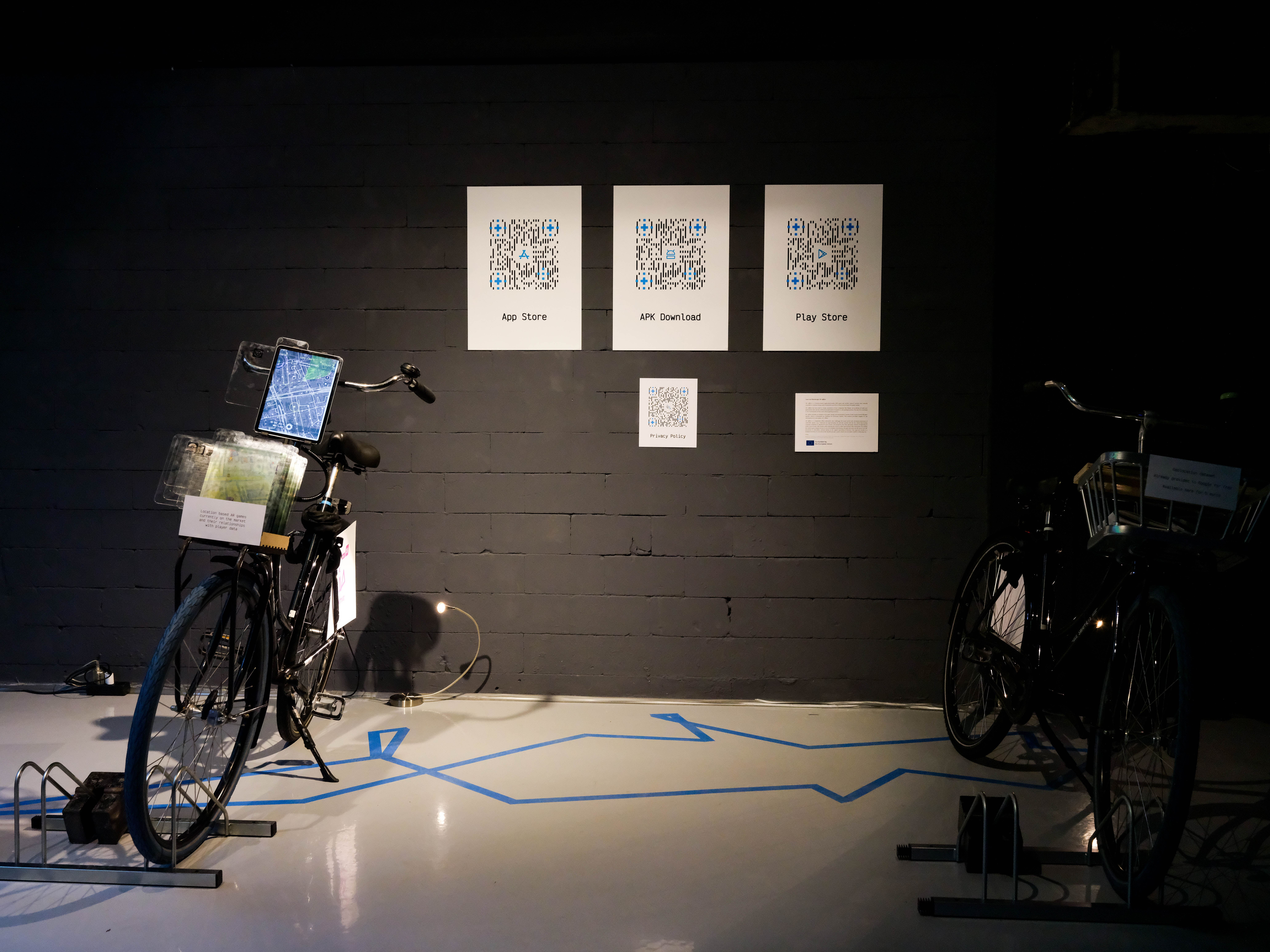
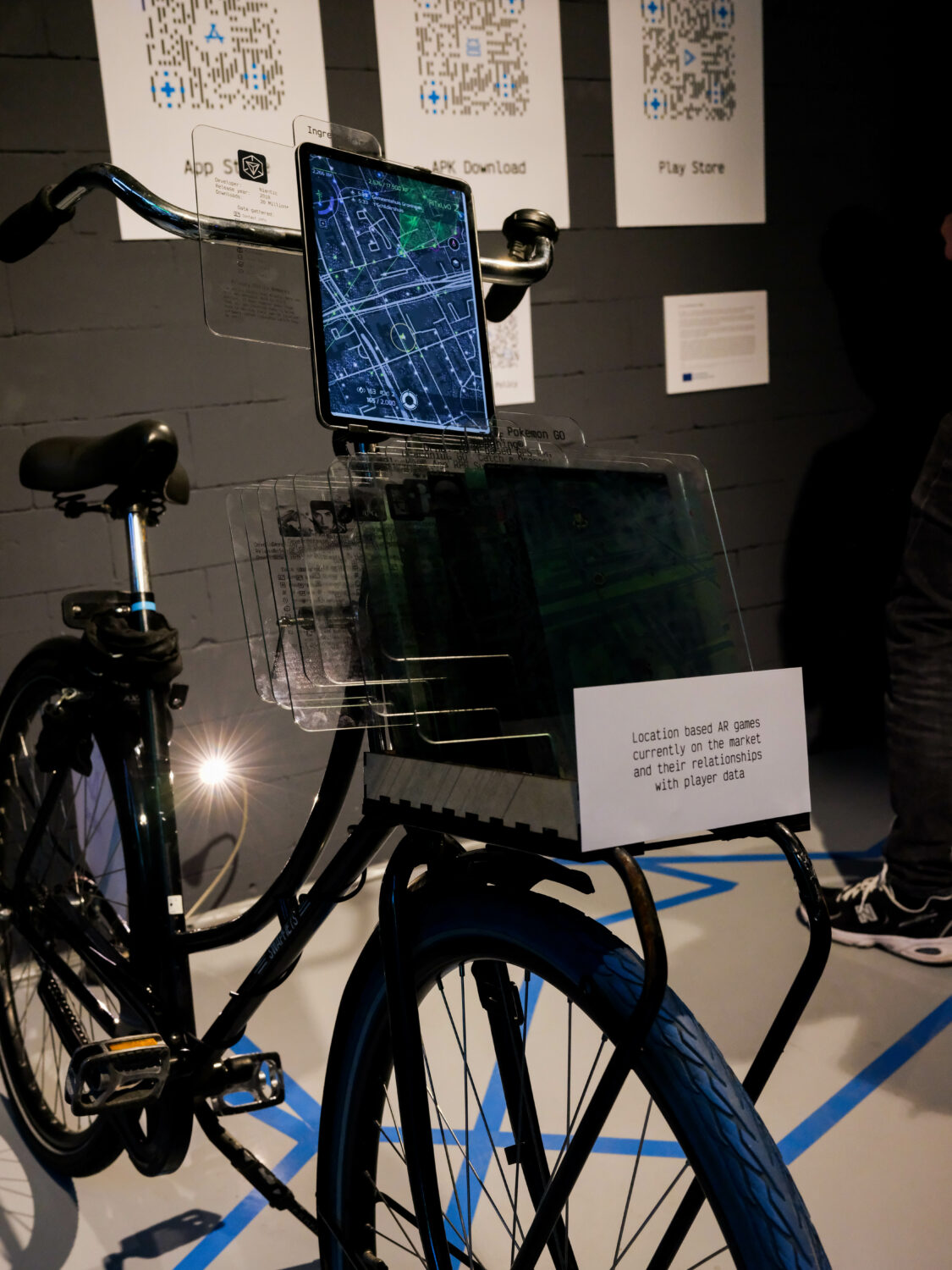
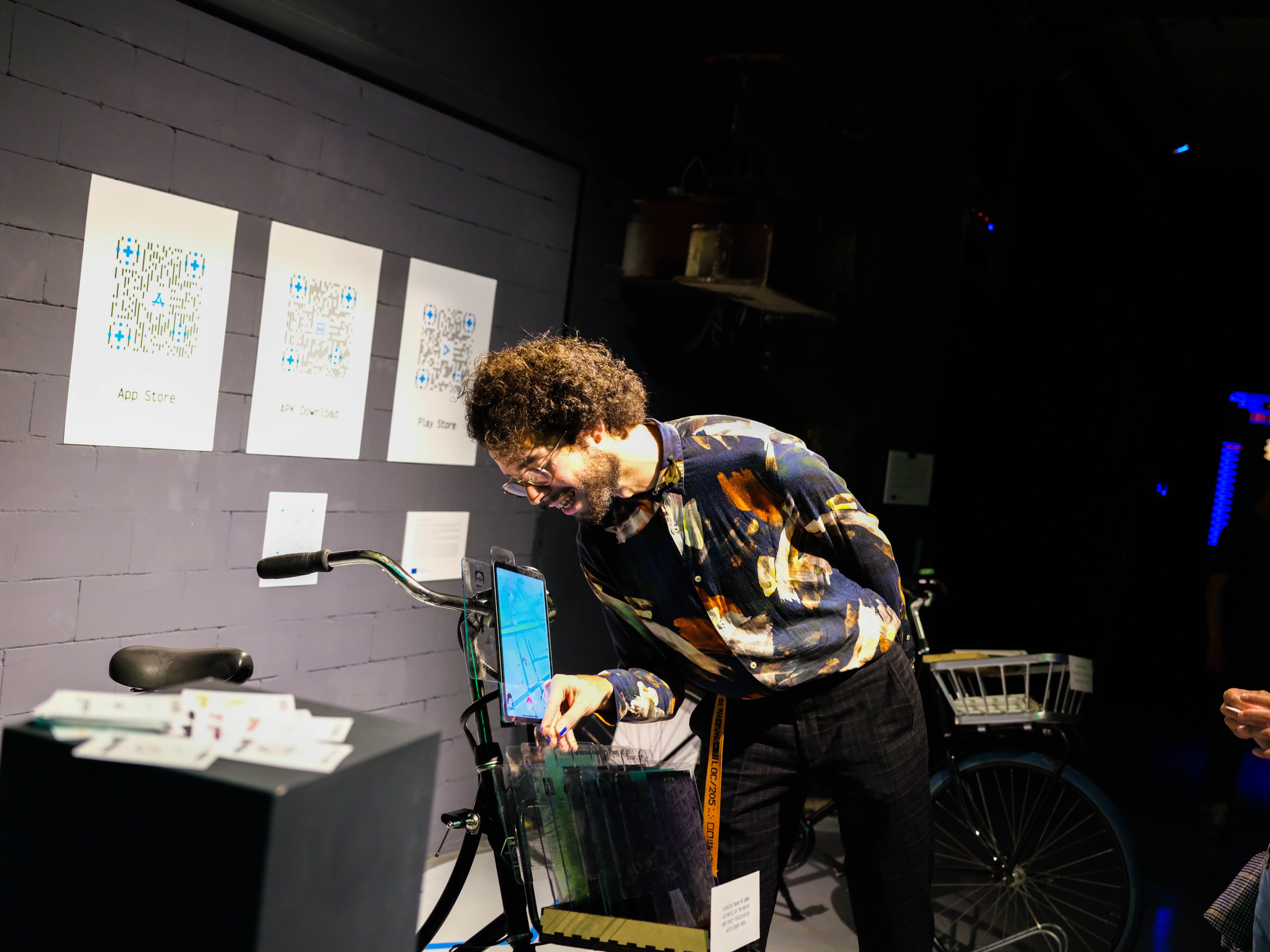
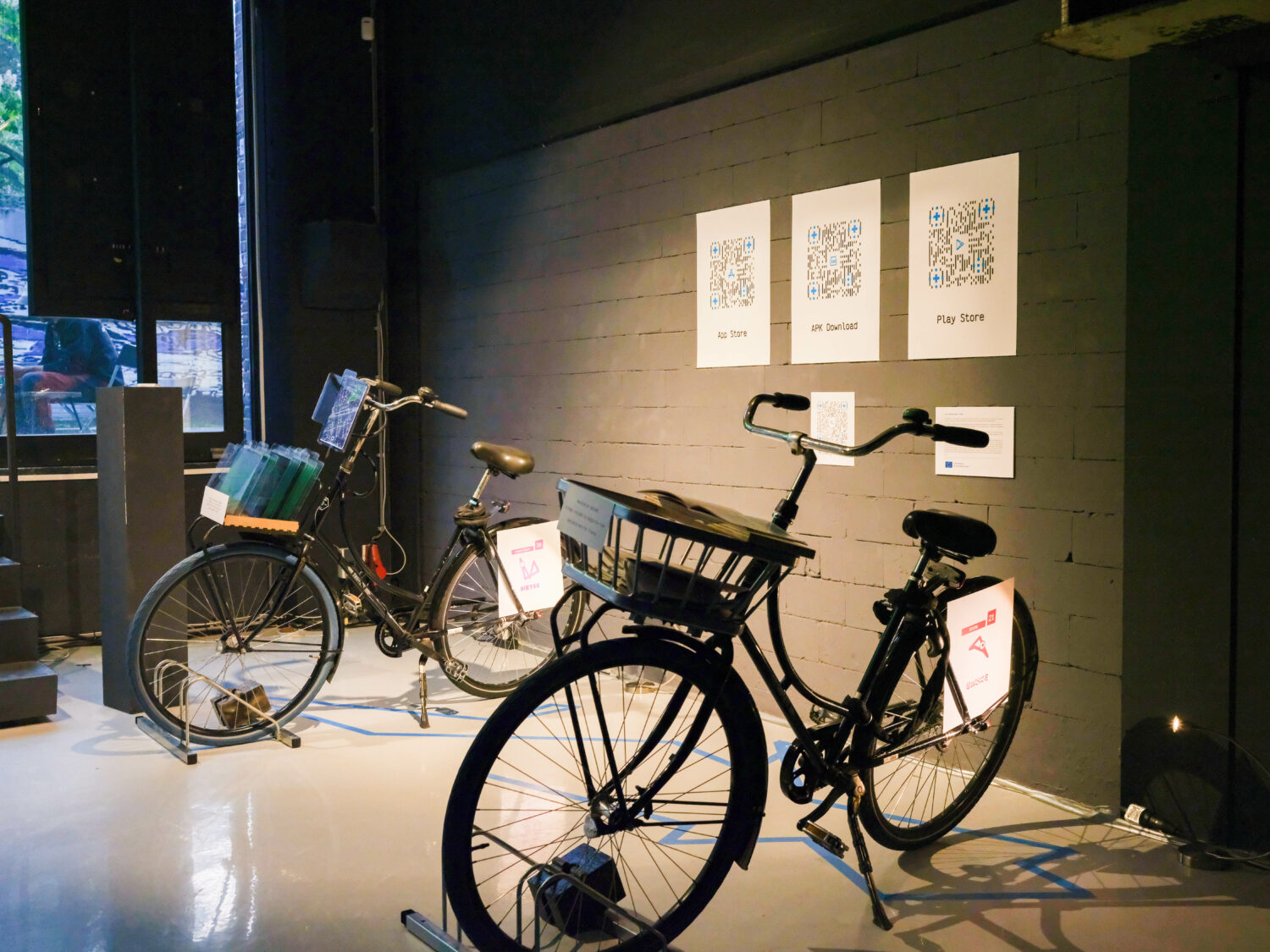
he co
C.D. – And what kind of software or hardware do you use in order to build these kind of experiences?
L. V. O.: Basically I do everything in Unity. I love Unity.
he co
C.D. – You’re all Unity sponsored, aren’t you? <laugh>
Leon V. O.: I mean some people use Unreal or TouchDesigner or things like that… Personally, as I started with Unity in my classes, I’m very comfortable with it, so for me, it’s such an open playground to really look at producing new things and very innovative ways of interacting. In engines like Unreal, they have a lot of systems that they already produce that you can use, which is nice if you want to make something that is close to something that already exists. But if you want to experiment, really quickly prototype, with weird interactions… I feel such freedom in Unity to do so and sort of break the systems that are already there and link everything together with code.
I taught myself to code. I never got proper coding lessons but it was just that I had this idea for interaction and that no one was gonna code it for me. And in Unity… My code… it’s completely not optimized or efficient code, but it does work.
he co
“The connection but also the disconnection you can create between a body in digital space and a body in physical space is I think the most interesting part of XR at the moment in the art space.”
he co
C.D. – And how did you learn to code on your own? By using tutos? Do you have any channels that you would recommend?
L. V. O. – Actually, well this channel stopped though, but at the beginning I looked a lot at Brackeys. It was a really good place to start. And there’s some other YouTube channels, one that also focus on VR development and cool new ways of doing this… Valem (and Valem Tutorials), he makes just really quick VR useful prototypes. Some other YouTube channels that are great places to start in Unity generally or get some inspiration are: Mix and Jam, Game Dev Guide, iHeartGameDev, Sebastian Lague and CodeParade. And then of course on Twitter, on Instagram, there’s just fun people messing around.. When The Oculus Quest got the hand tracking feature, people were experimenting with it. And this guy, Daniel Beauchamp, made all these crazy VR prototypes where you had a puzzle where you had to cut off your own hand, you were then locked up in a cell and then the key was behind the bars, so you had to throw your hand and then walk around to control it. I mean, yeah, just all these people that do these really quick innovative prototypes. I also really like Sander Veenhof who experiments a lot with AR interactions.
And as far as learning Unity… I had the design of the game and wanted to implement it so then you just start Googling how to do things and then at some point you’ll become good at it. Just try to make things!
he co
C.D. – Would you have any advice for an artist or creative who would like to begin with XR?
L. V. O. – For me it was mostly first discovering what other people made already. There are tons of cool games. Like “A Fisherman Tale”. This was a game where you were in a lighthouse. And then in the middle of the lighthouse you have a smaller version of the lighthouse, but if you put like an object into the smaller version, it becomes the bigger object. It’s sort of a synched space. And just these crazy weird ways of looking at how to behave in three dimensions, they’re super cool… You’ll get inspired and then maybe you’ll think “it’s actually not too difficult to start.”. I mean in Unity you just press the XR button basically and it already sets up a scene that has all the basic functionality that you’d want. It is so nice that the infrastructure is already there so you don’t have to start programming all of that every time. You can really focus on that one thing that’s unique and that you think is a new cool interaction.
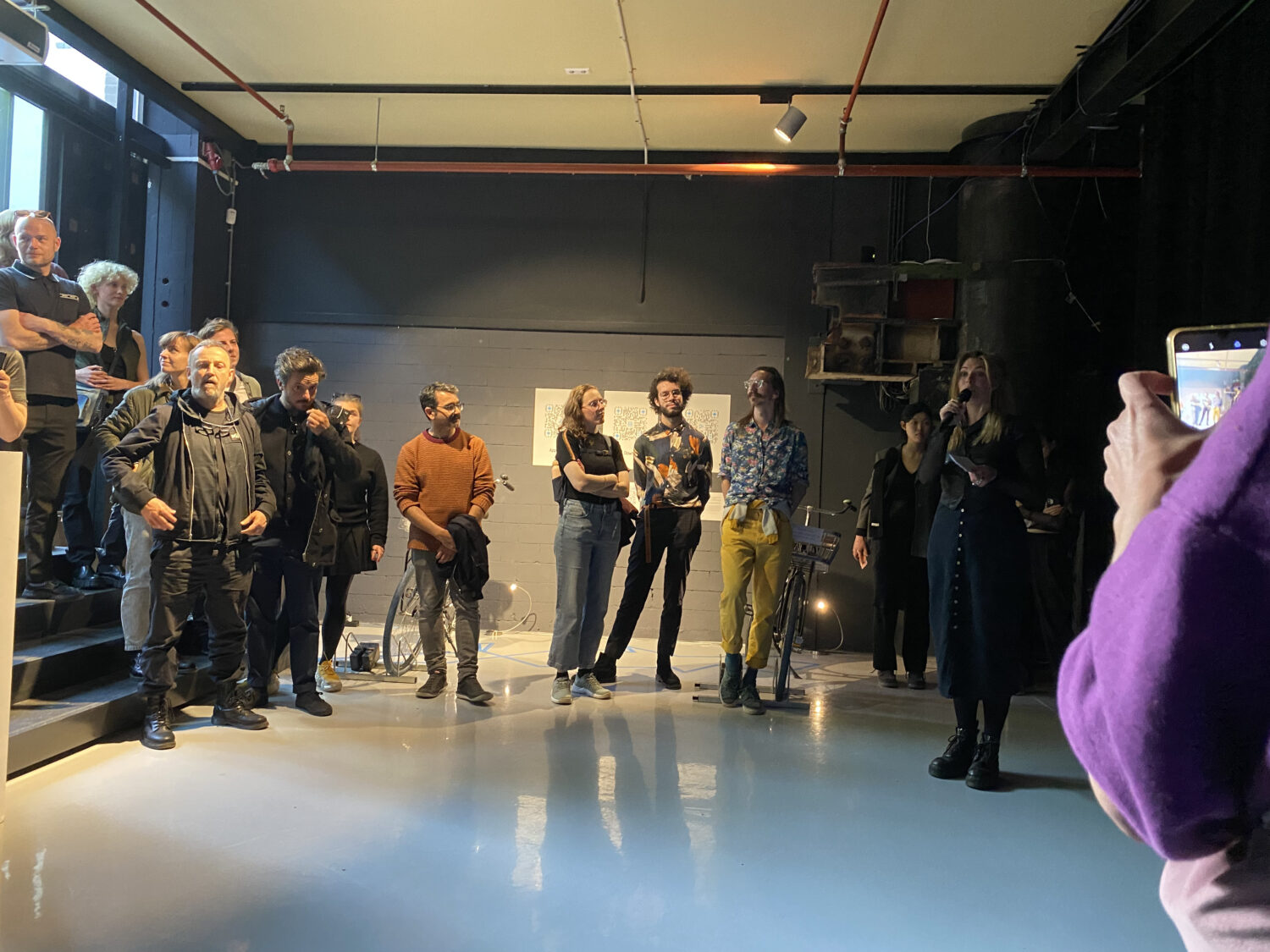
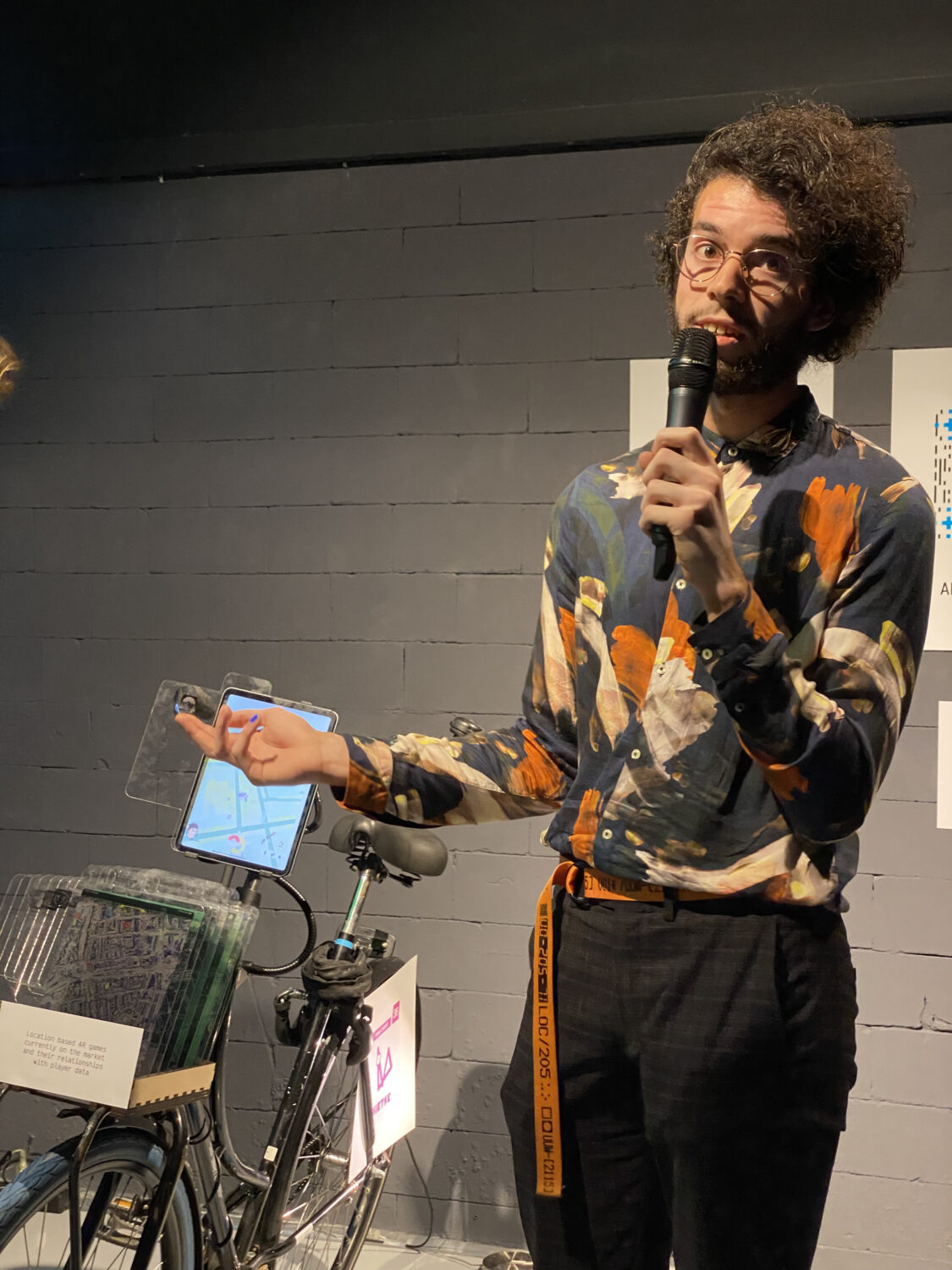
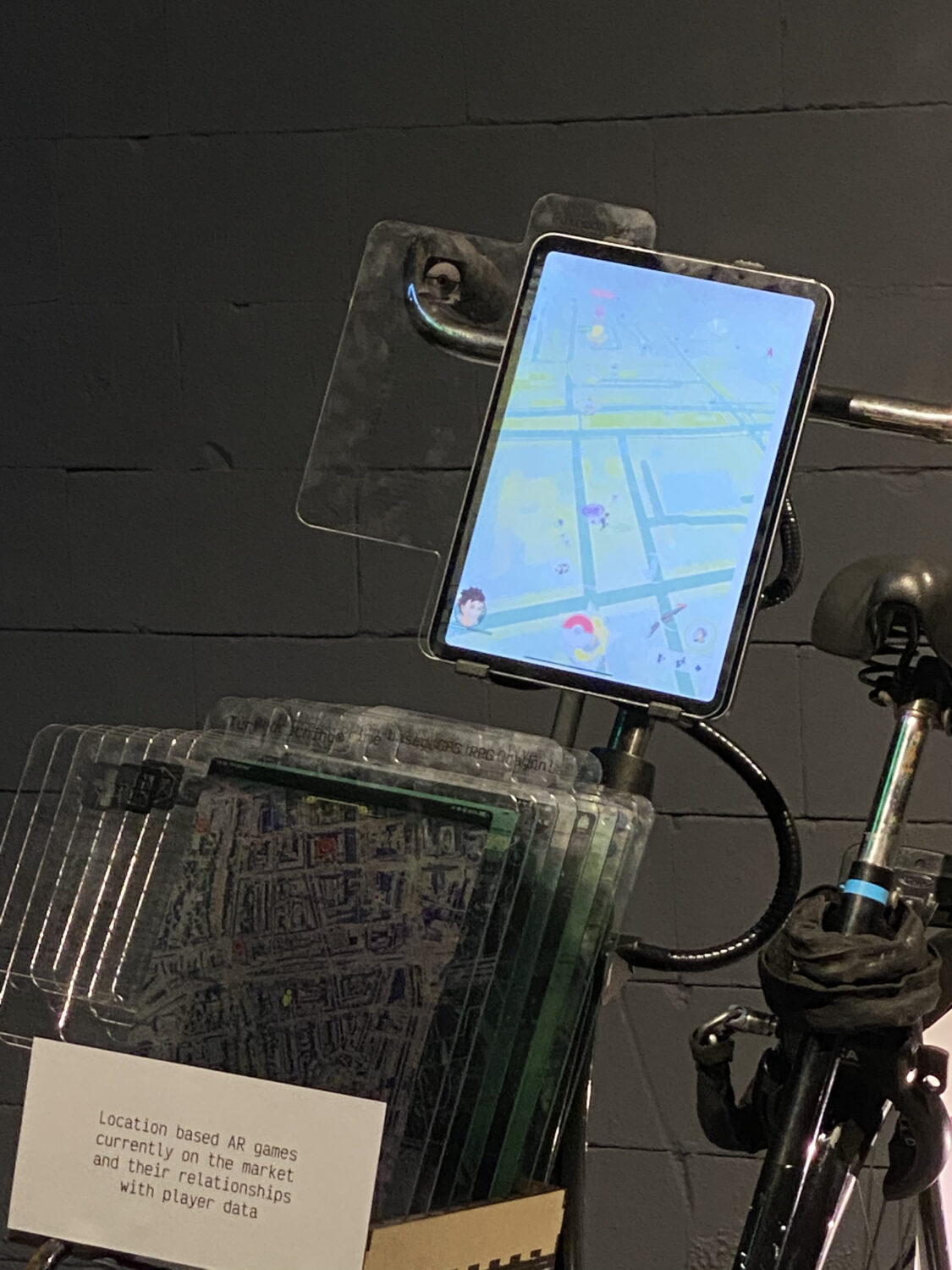

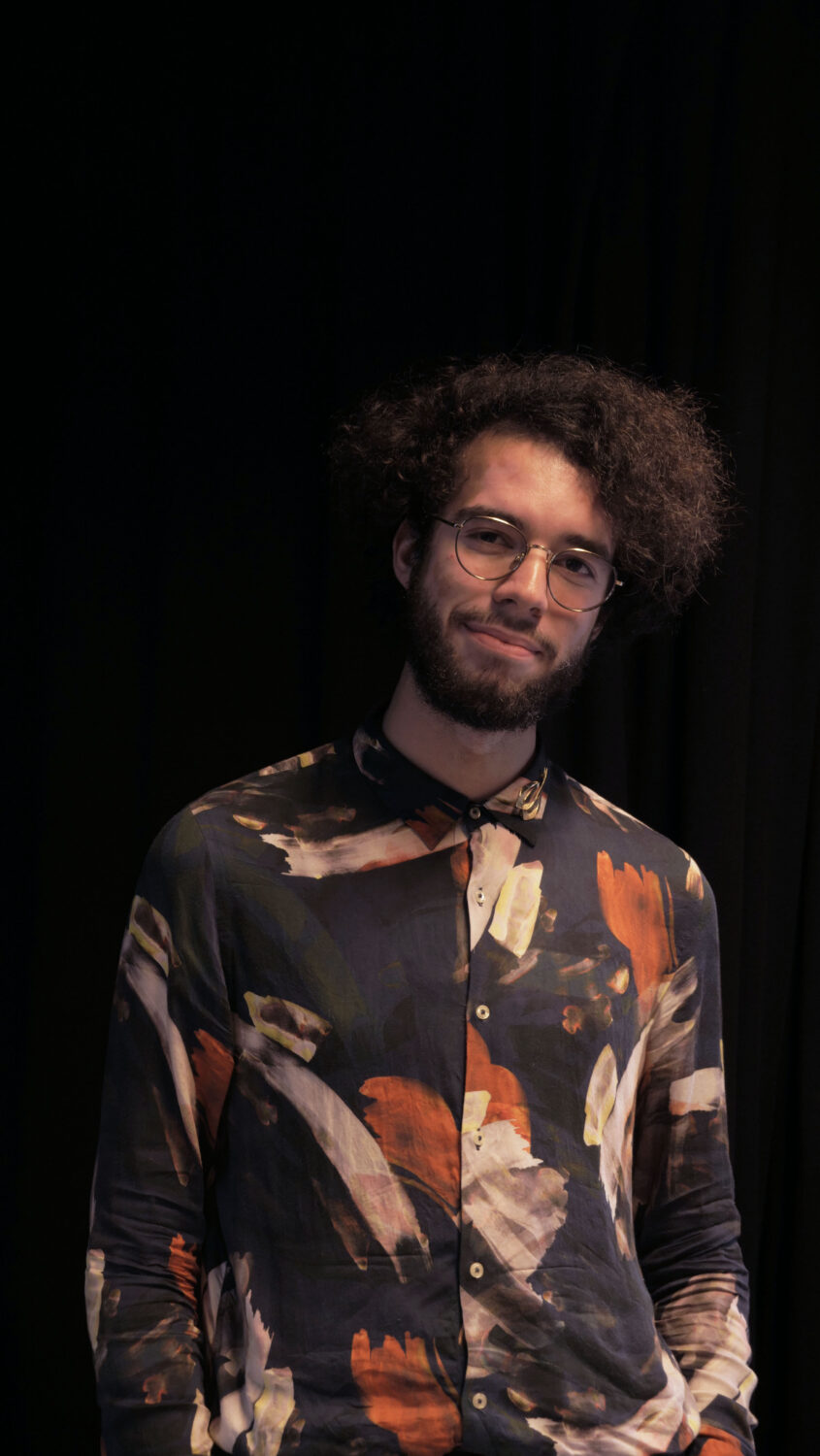
he co
C.D. – Where do you think XR is headed and where would you want it to be headed?
L. V. O. – I feel like there’s quite different facets of XR. Of course you now have the metaverse, all these kinds of things… To me it almost looks like we’re really out of space in the real world to sell and profit off of… So now companies like Meta are just creating new digital space to profit off of. I don’t really know if I like where that is headed.
But in the art scene, I think there’s some really cool experiments being done. I think it’s super relevant. For example, the discussion that’s opening up around bodies and gender… Since it’s super immersive, you can even create out of body experiences with it… I feel like it can still teach us a lot as well by altering our perceptions and senses. The connection but also the disconnection you can create between a body in digital space and a body in physical space is I think the most interesting part of XR at the moment in the art space.
New ways of experiencing things that otherwise it wouldn’t even be possible to experience. Hopefully people are gonna continue experimenting, and also not just completely replacing senses. For example, the project “The Algorithm of Care” from Leo and Marlot is not about just adding a new sense… And I think that’s also really cool! You can focus more on not even adding a new layer on normal reality, but sort of showing a layer that was already there but that we couldn’t see before… I feel like there’s a lot of things to continue discovering.
The corporate part is a bit… I don’t really like Meta. But it’s becoming more ingrained in just everyday life. For example, self-driving cars… That’s also AR in a way! I feel like there’s a lot of applications like that that will continue to profit off of it, but for me the interesting part is like to discover more about being human and our culture…
Thank you!


